
There was only one thing that could happen when Romantic painters discovered Norway. Your chance to relive their journey through incredible art opens soon in Hartford.
The Wadsworth Atheneum Museum of Art in Hartford, Connecticut, will open a vibrant exhibition on September 7 that showcases the paintings of three Romantic painters considered to be “the leading figures behind the advent of Norwegian landscape painting in the 19th century,” according to the museum.

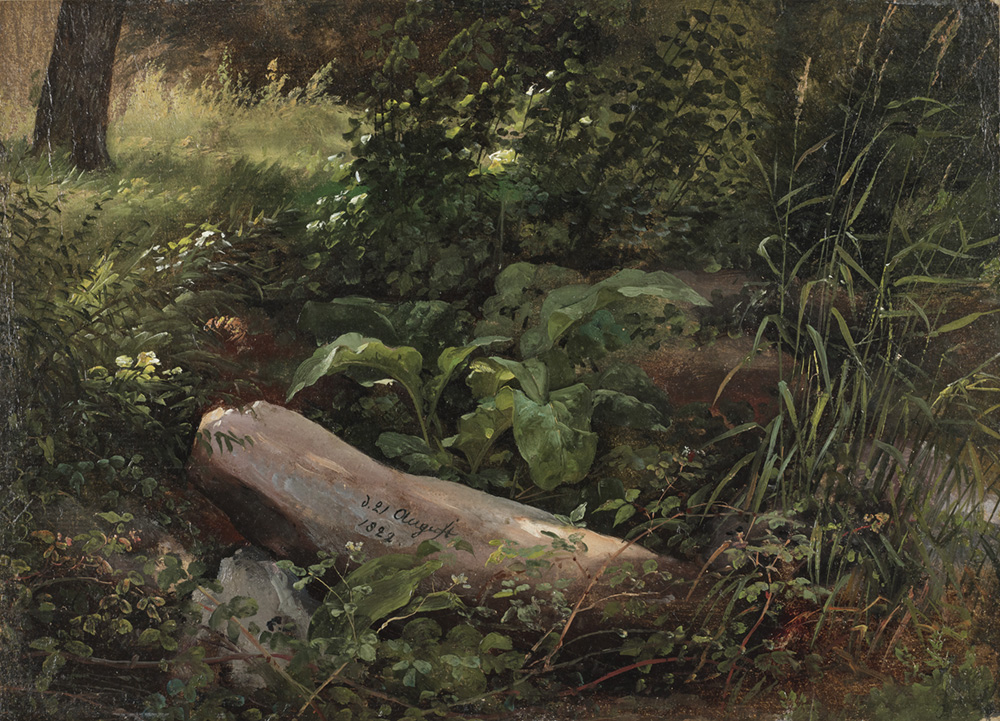
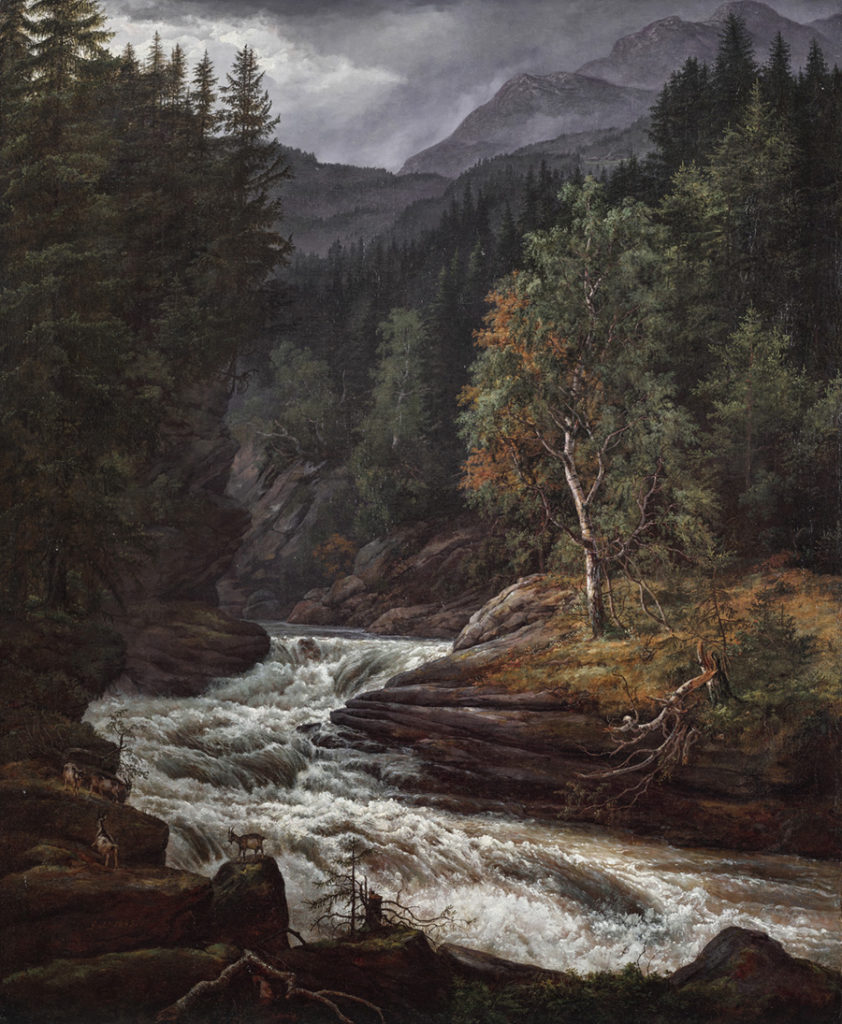
On view through January 15, 2018, “Sublime North: Romantic Painters Discover Norway” showcases the art of Johan Christian Dahl, Thomas Fearnley, and Peder Balke, set within selections from the museum’s broader collection of American and Northern European landscape painting in the Romantic era.


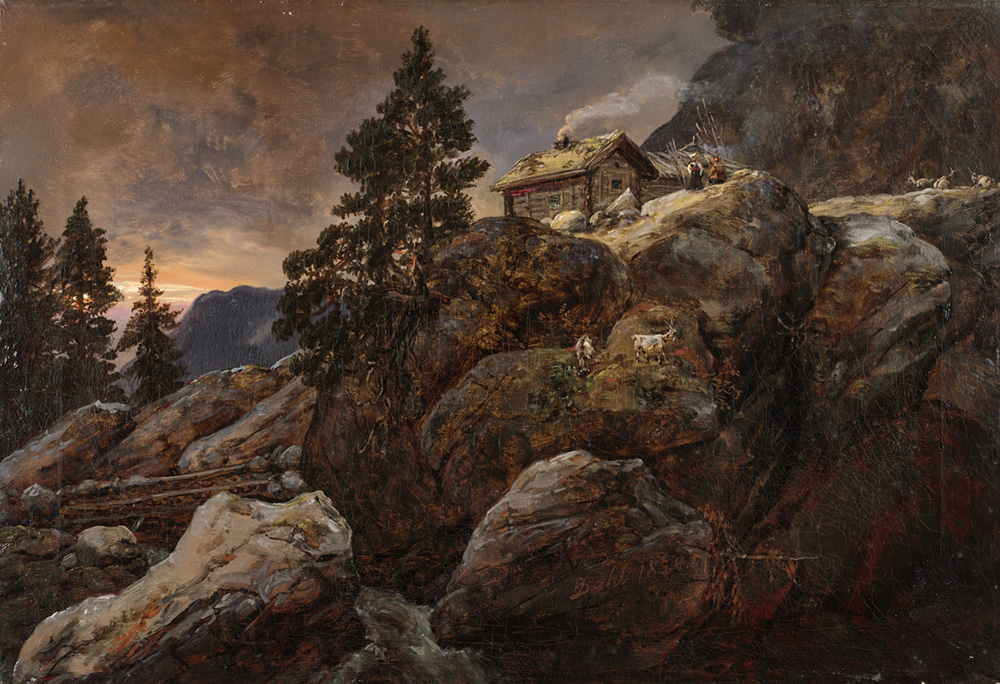
The museum reports, “Dahl, Fearnley, and Balke all traveled outside of Norway to study art and practice in cities such as Naples, Copenhagen and Stockholm, with both Fearnley and Balke joining Dahl — one of the first Norwegian artists to achieve international success — as his students in Norway and Dresden. Despite living abroad Dahl traveled to his homeland and remained deeply invested in his country, which struggled to achieve full independence during his lifetime. As Norwegians sought to define and express their collective identity, these artists especially contributed to the national awakening by looking to nature and the people who inhabited it with a sense of pride, and also by exhibiting and selling their work across northern Europe.
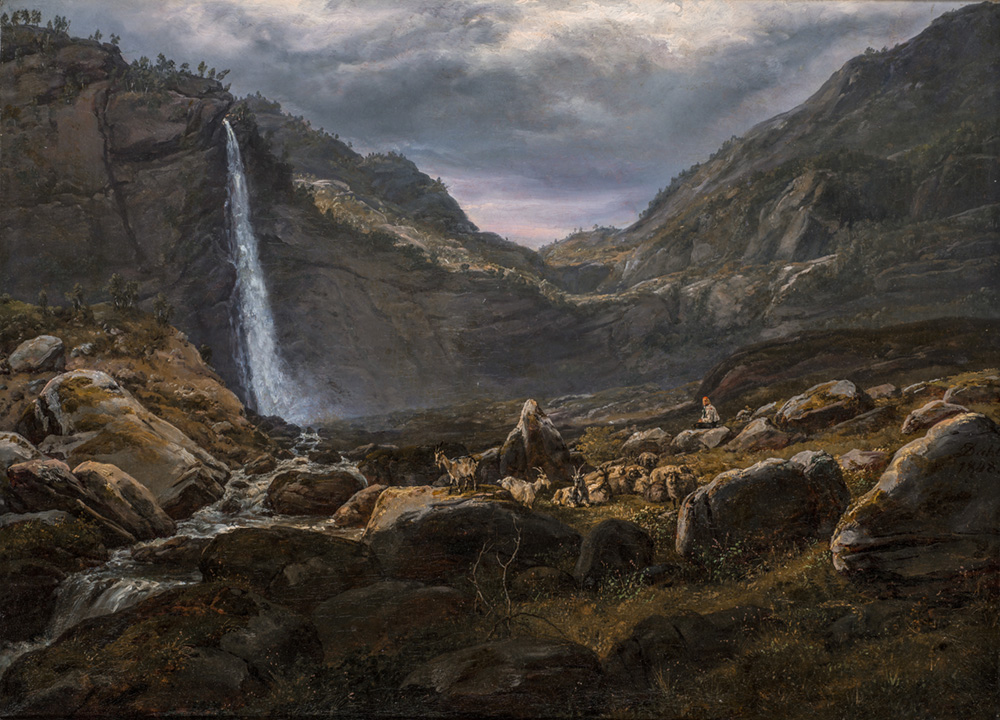

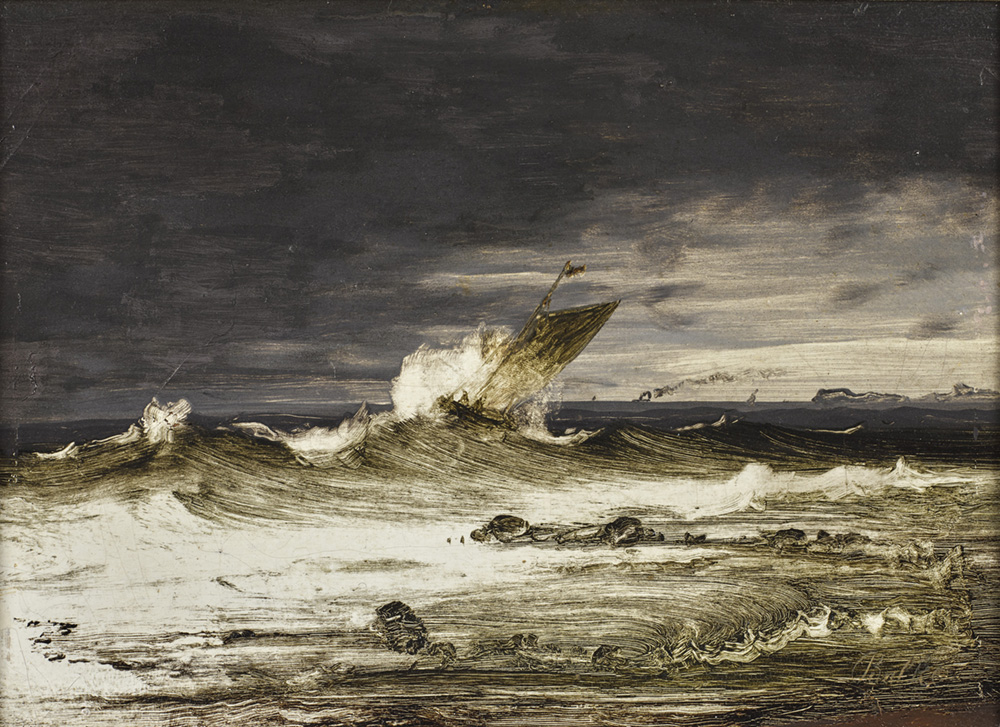
“Landscape painting during the Romantic era was fueled by the concept of the sublime — renewed reverence for nature and its influence on emotion and the imagination. Together with his pupils, Dahl infused Nordic fjords, craggy mountains and rivers with the established repertoire of Romantic motifs — rocky inlets, misty hills and contemplating wanderers. Fearnley’s powerful scenes are distinguished by sensitive effects of light, while Balke specialized in highly dramatic seascapes that foreshadow, with their radically simplified style, the abstraction of Modern art. Combining the direct study of nature (through open-air oil studies) with dramatic imaginary views, this group produced fresh interpretations of the rough and imposing Norwegian landscape.”
To learn more, visit the Wadsworth Atheneum Museum of Art.
This article was featured in Fine Art Today, a weekly e-newsletter from Fine Art Connoisseur magazine. To start receiving Fine Art Today for free, click here.








[…] Reading material: The Beauty Of Romantic Scandinavia […]